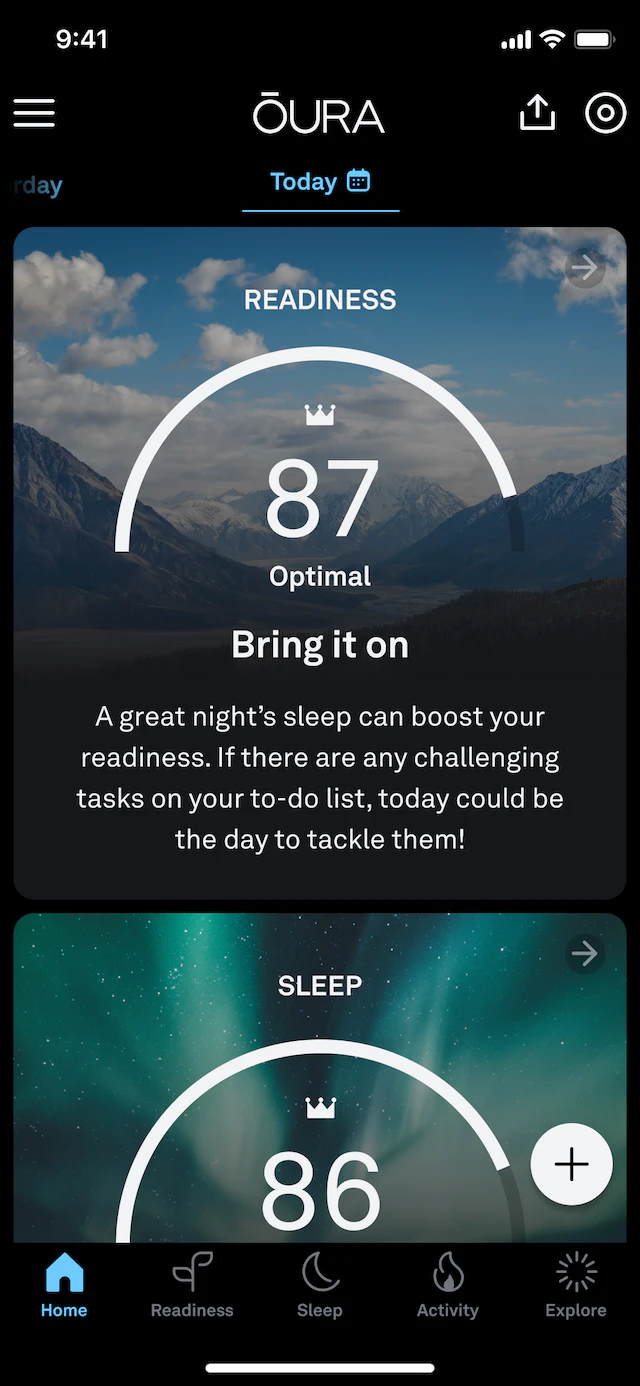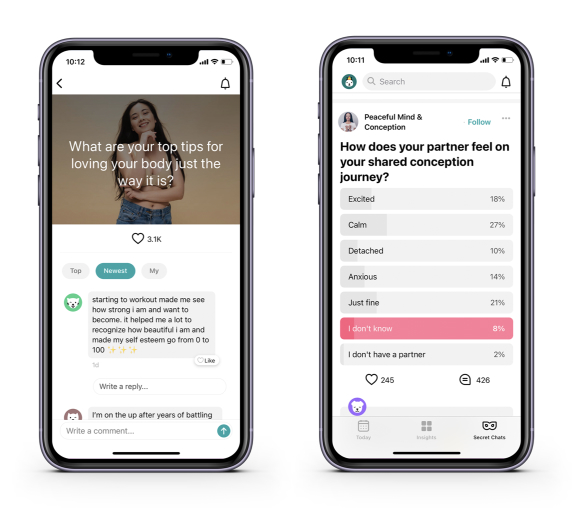Having worked in health-tech for many years I have found that digging deep in the jobs to be done and emotive landscape of users is imperative in delivering a good experience for them. This is especially true when considering digital health applications both from a software and hardware perspective. Users are often stressed, they may have worries and concerns over the safety or reputation of your product. This means that even micro-interactions let alone onboarding should all be designed to maximise reassurance but also reduce churn.
One intriguing lens through which to view user behavior is the Big Five Personality Traits – Openness, Conscientiousness, Extraversion, Agreeableness, and Neuroticism. These traits, often referred to as the OCEAN model, can significantly influence how users interact with and perceive digital products. I’ll jump into each trait and explore their impact on UX and product design.
Openness: Embracing Novelty and Innovation
- User Preferences: Individuals high in openness tend to be adventurous, curious, and open to new experiences. They appreciate variety and are more likely to explore innovative features.
- Design Implications: Designers can cater to this group by incorporating creative interfaces, experimental features, and customisable options. Offering novel and unexpected elements can enhance the overall user experience for those with high openness. OURA ring with its complex dashboard and analytics when paying for a subscription is a great example of where this complexity can come in to play.

Conscientiousness: Structured and Organised Interactions
- User Preferences: Conscientious individuals are organised, detail-orientated, and value efficiency. They appreciate clear structure and functionality.
- Design Implications: Designers should prioritise clean and intuitive interfaces, streamlined workflows, and clear information hierarchy. Providing organised and predictable interactions aligns with the preferences of conscientious users, improving overall usability. The fairly complex nutrition app ZOE has leant in heavily to this design pattern by streamlining the service design of hardware (test kits) and software as well as fulfilment notifications and education (articles). By making sure the service design adheres to a concise and informative structure they are serving their ‘self-serve analysis’ persona in their core market well.
Extroversion: Social Interaction and Engagement
- User Preferences: Extroverts are sociable, energetic, and seek social interactions. They are drawn to visually stimulating and engaging experiences.
- Design Implications: Incorporate social elements, such as community features, sharing options, and interactive components. Designs that encourage user engagement and facilitate social connections align well with the preferences of extroverted individuals. Whilst apps such as Instagram are obvious products that lend themselves to these type of users, micro-interactions can also be used that adhere to this remit. Apple’s mindfulness app on their Apple Watch has a beautifully rendered interactive interface for example.
Agreeableness: User-Centric and Cooperative Design
- User Preferences: Agreeable individuals value cooperation, empathy, and positive interactions. They are more likely to appreciate user-centric designs and empathetic experiences.
- Design Implications: Focus on creating a positive and cooperative user experience. Incorporate user feedback mechanisms, prioritise accessibility, and design interfaces that promote a sense of community and collaboration. Flo’s ‘Secret Chats’ are a great example of how empathy for users in the space (by providing anonymous IDs) and positive interactions (forum) have built a hugely successful product within the mobile app.

Neuroticism: Minimising Anxiety and Providing Reassurance
- User Preferences: Individuals with higher neuroticism may be more prone to anxiety and stress. They appreciate reassurance, simplicity, and predictability.
- Design Implications: Prioritise clear communication, error prevention, and provide users with control over their experience. Minimise unnecessary complexity and offer guidance to reduce potential sources of stress for neurotic users. This means paying close attention to your churn metrics during onboarding. I recently audited an app for ADHD users but found the onboarding was extremely triggering for the very community it was trying to address! This was borne out in App Store reviews. Try to minimise steps to value (time to value) during the sign up process. Of course there are apps that are beautifully designed in the meditation space that have made their very design ‘stress free’ such as the ‘Calm‘ app with soothing music, visuals and darker colour tones.
Recognising and accommodating the diverse personalities of users is crucial for creating inclusive and effective digital experiences. Designers can leverage insights from the Big Five Personality Traits to tailor interfaces, interactions, and overall user experiences. By aligning with user preferences, designers can enhance satisfaction, engagement, and usability across a broad spectrum of users, fostering a more positive and inclusive digital landscape. Remember – every interaction counts, especially in health-tech where the nuances are often greater. Users need to feel confident and safe using your products. If your UX or design falls short they will switch to a product that ‘feels’ more robust. Concentrate on delivering the core value as soon as you can by being clever with onboarding steps and take time to examine UI elements and micro interactions too.